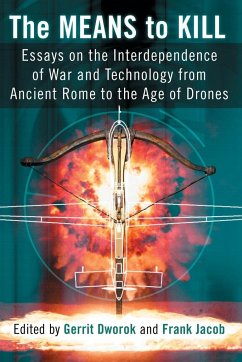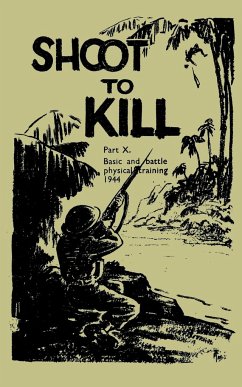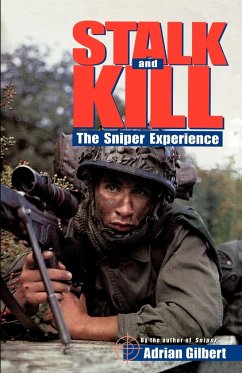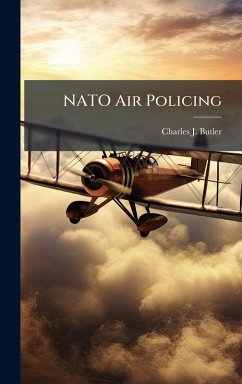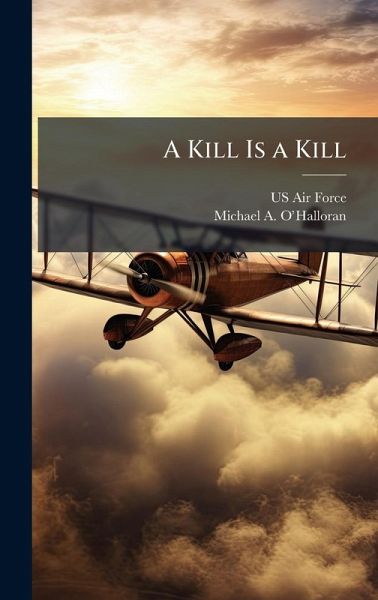
A Kill Is a Kill
Versandkostenfrei!
Versandfertig in über 4 Wochen
28,99 €
inkl. MwSt.
Weitere Ausgaben:

PAYBACK Punkte
14 °P sammeln!
As the Twentieth Century closes, efforts towards organizing, training, and equipping U.S. airpower assets remain based on the assumption of face-to-face conventional confrontations. This is a comforting hypothesis, as U.S. technological superiority should keep the odds stacked in our favor for decades to come. Air strategists may be overlooking the fact, however, that this very technological superiority may force adversaries to counter U.S. airpower with other than conventional methods. Couple this with the strong possibility that the interests of the U.S. and our opponents will likely be foun...
As the Twentieth Century closes, efforts towards organizing, training, and equipping U.S. airpower assets remain based on the assumption of face-to-face conventional confrontations. This is a comforting hypothesis, as U.S. technological superiority should keep the odds stacked in our favor for decades to come. Air strategists may be overlooking the fact, however, that this very technological superiority may force adversaries to counter U.S. airpower with other than conventional methods. Couple this with the strong possibility that the interests of the U.S. and our opponents will likely be found on opposite ends of the spectrum of war, and U.S. airpower could be in for some surprises. This study analyzes the asymmetric threat to U.S. airpower across the political, operational, and tactical levels of war and examines whether the U.S. has adequately prepared itself to counter asymmetrical measures against its airpower assets. The answers are not reassuring. U.S. airpower is not likely to overwhelming technological capability by increasing friction levels and changing our visions of surgical warfare into an attrition reality. They will attempt to inflict "virtual attrition" as well by changing U.S. targeting strategies and reducing our effectiveness while buying themselves time to attain their objectives. In this respect, U.S. airpower can be strategically defeated. This work has been selected by scholars as being culturally important, and is part of the knowledge base of civilization as we know it. This work was reproduced from the original artifact, and remains as true to the original work as possible. Therefore, you will see the original copyright references, library stamps (as most of these works have been housed in our most important libraries around the world), and other notations in the work. This work is in the public domain in the United States of America, and possibly other nations. Within the United States, you may freely copy and distribute this work, as no entity (individual or corporate) has a copyright on the body of the work. As a reproduction of a historical artifact, this work may contain missing or blurred pages, poor pictures, errant marks, etc. Scholars believe, and we concur, that this work is important enough to be preserved, reproduced, and made generally available to the public. We appreciate your support of the preservation process, and thank you for being an important part of keeping this knowledge alive and relevant.







